I’m afraid this may ramble a bit – demonstrating my level of confusion on this and related topics no doubt.
So… first, a shout out to social media: To clarify, it isn’t ‘social; it’s merely a marketplace for selfies. So if you think your boobs bounce more magnificently than anyone else’s ever could, you might make a video of the effect as they attempt to escape their confines. ‘Beautiful,’ you think and post the achievement for all to see. But there’s someone out there whose boobs are bigger or bounce even more magnificently than yours ever could, and having seen your video, the competition is on. Others horn in. Yeah, it’s cute but you’re not going to win with this. In tears, you take your video down.
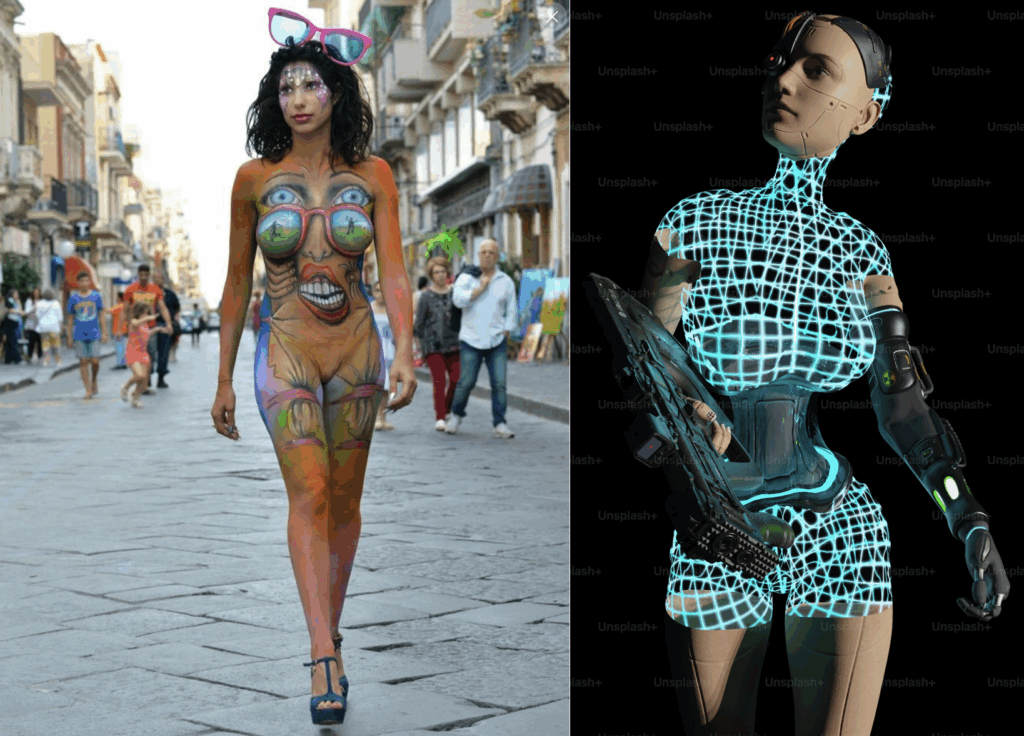
Here’s the thing: You have unwittingly entered yourself into a contest with half of nine billion equally qualified contestants. I don’t care what it is that you think you’re good at, someone out there is better at it and that can be devastating. It plays hell with the ego and creative motivation – I know, and to aggravate an already humiliating situation, along comes AI. She doesn’t have any boobs at all, but so what? She can effectively pretend without any painful surgery, and those babies can bounce on a cute little look-alike babe who looks for all the world entirely human, but she doesn’t have a pimple or dribble cornbread on the sheets!
Virtually everything, including your very special capabilities occupy a single qualitative position in a distribution of everyone’s who is capable of the achievement in accordance with a Gaussian curve. Whether your achievement is better or worse than average is assessed by its ‘sigma value’ (the Greek ‘s’). So I guess ‘sigma’ is how one should quantify your bounce ability. If you have a small circle of friends and your whatevers are the best in that crowd, that is probably why you are proud of your capability in the first place. If your whatever-it-is is better than your three or four girlfriends, you sit at the 1 sigma level. That quantifies the statistical rarity of whatever you think you are good at. But if you put your video on the internet, this isn’t the sleepover crowd. You are comparing your capability with the pretty half of nine billion humans. Now that’s scary! You better be at the six-sigma level to compete. These are numbers of possible competitors one should maybe think about before putting it out there:
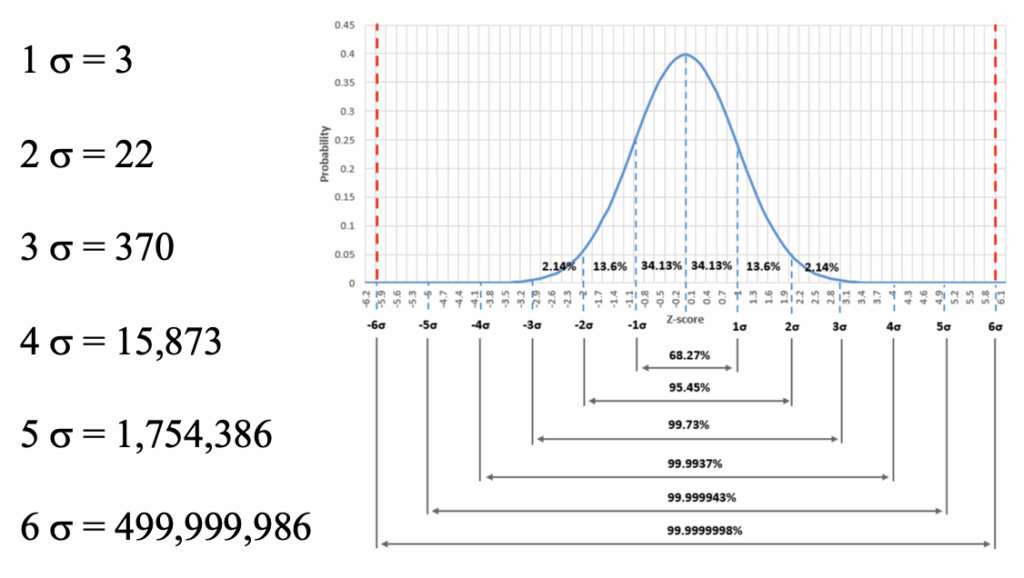
Are your ever-so-wonderful capabilities at the one-in-a-billion level? Oh, and, lest we forget, the internet isn’t a sellers’ market; it’s driven by vicarious shoppers, known for viscous ridicule.
Okay, enough of that frivolity and deference to the internet. I use it fearlessly, usually as a vicarious shopper light on the ridicule as I hope people are when they read my low sigma posts.
So, back on topic: I’ve always been confused by the significance of RBG. And I don’t mean Ruth Beder Ginsberg who was ‘compl-e-mented’ (notice I used an ‘e’, not an ‘i’) by MFM (Mitch F-word McConnell).
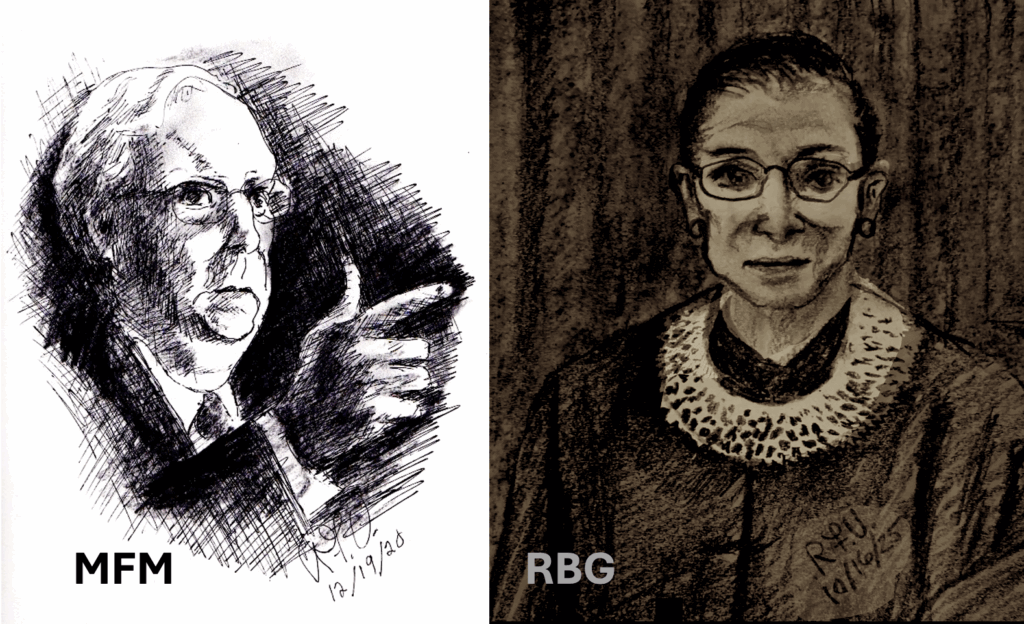
No. I mean the visible range of the electromagnetic spectrum.
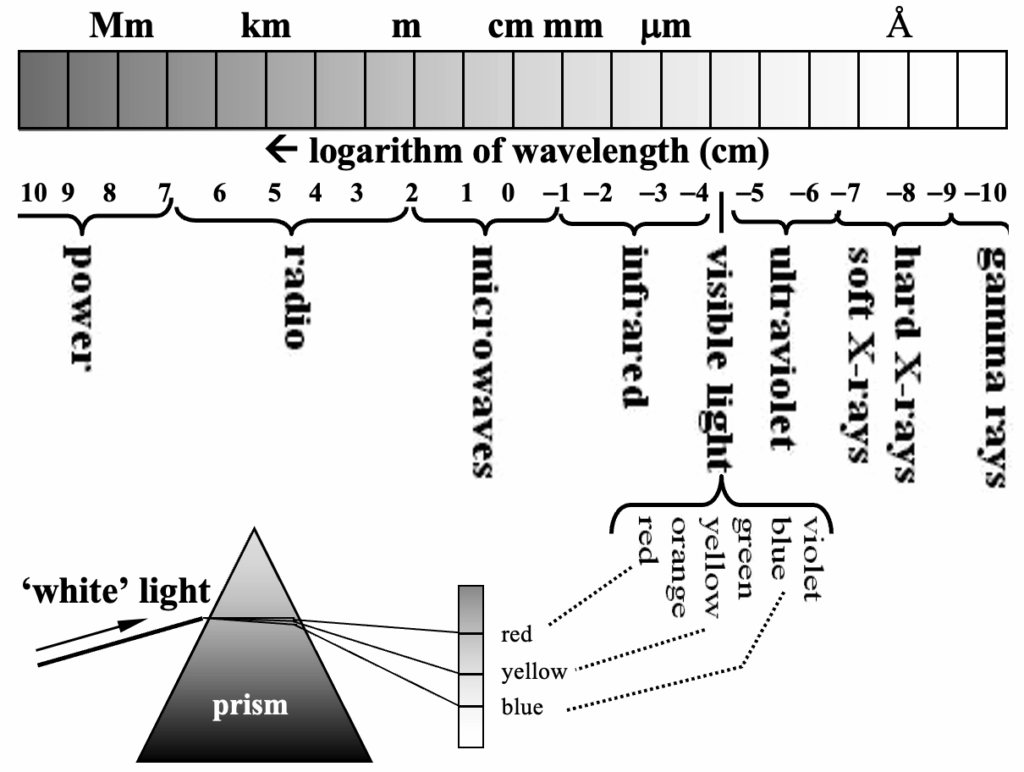
I have a much more scientific bent such that I concern myself with why it should be RBG rather than RBY (and I don’t mean Rheana Blume Yohansson). The fact that there are two distinct color schemes is what bothers me. There’s a color wheel after all for Christ’s sake, and the primary stations on that wheel are Red, Yellow, and Blue – NOT Green! Or at least that’s what I thought. And yes, I know how colored light filters work with ‘white’ light being an equal mix of RBG, NOT RBY; but with artist’s oil pigment, you mix Red, Yellow, and Blue to get neutral yuk — it doesn’t involve Green.
I took Advanced Optics offered by the graduate physics department at the University of Southern Cal BTW, and I got an ‘A’. (Sure, it was a long time ago, but why would I have taken physics courses at USC rather than UCLA while working at North American Aviation, you might ask. Well, I guess I would have to say, I don’t know; I didn’t play football (other than intramural) at the University of Washington, so why graduate classes at SC rather than Cal Tech? Well, Cal Tech students did screw with our cheering section at the Rose Bowl – but I don’t suppose they would have let me in the door anyway. I’ve always been a bit defensive about that.)
But back to the issue at hand: RBG and the color wheel. While Browsing through social media posts on the dreaded internet I ran across an interesting demonstration of mixing oil paint. They took equal scoops of blue and yellow and mixed it around a bit to produce green. Then they took equal scoops of red and blue, together with one equal scoop of the new green, and mushed it around until it turned a milky shade of white. I couldn’t believe it! White! Not yuk.

So… in my confusion, I call up the complex plane where I once was amazed to find the square root of the square root of minus one hiding in the complexity:
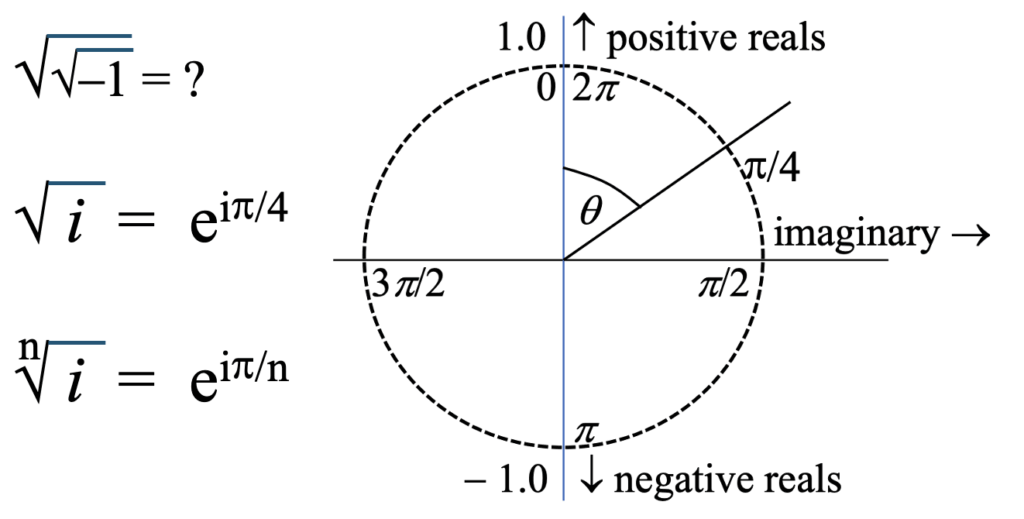
Yeah. It’s complex and it was cute at some sigma level. An angle one eighth of the way around the circle. Circle? Wheel! Yeah. Okay, so Red is theta = 0°, Blue is 60°, yellow is 120°. If they are represented as three radial vectors from the center to the edge of the circle, what is their sum? Redish brown yuk. If we add their angles, we get back to zero. White or yuk? I don’t know. And there’re two damned wheels — not one. Which one is correct?
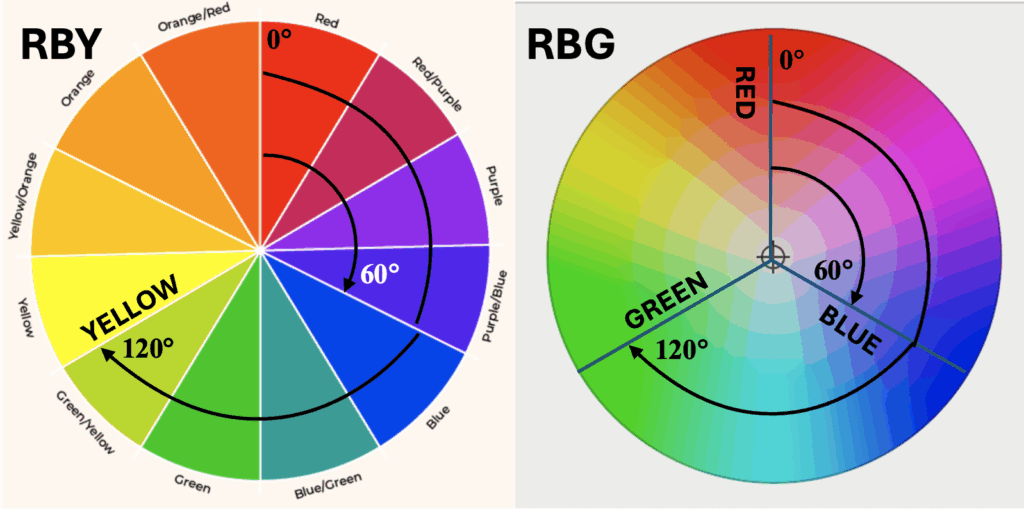
Okay. I gave up and deferred to AI.
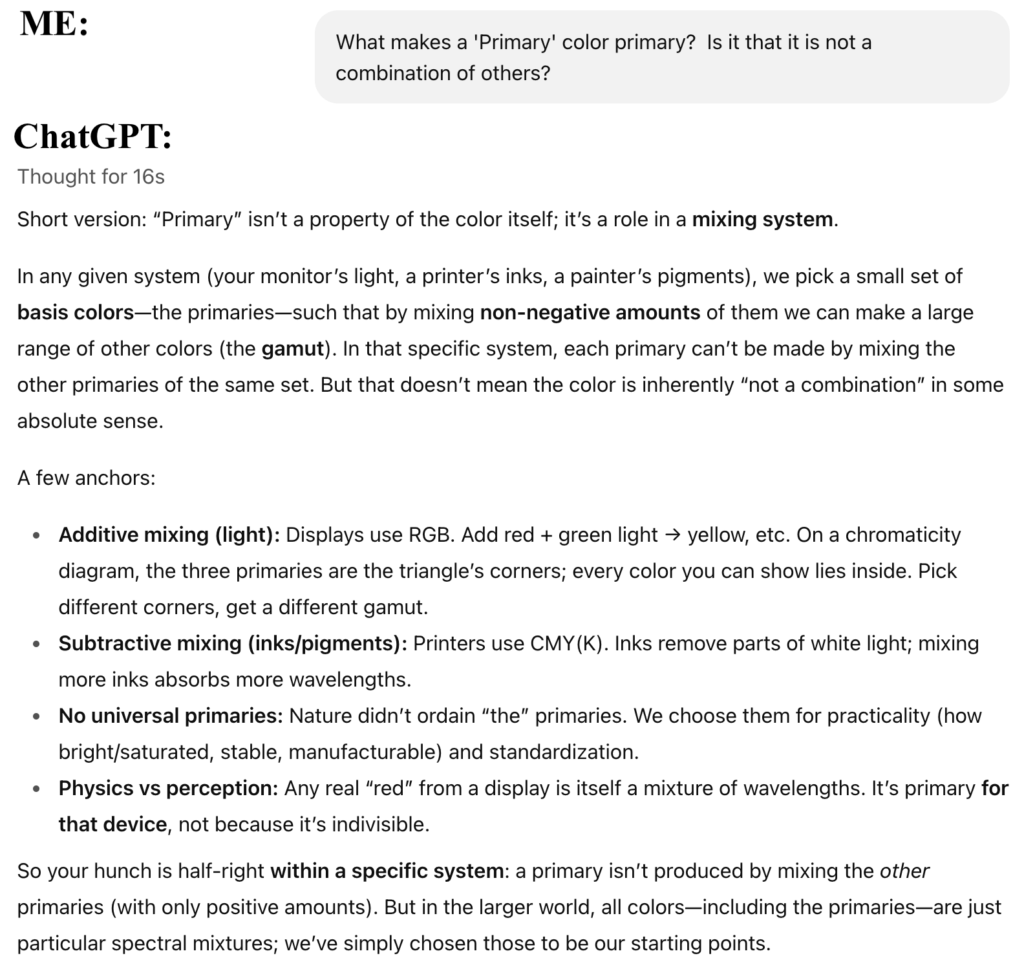

Why do we try so hard to be special? I could have been done with this in sixteen seconds. And you? Well, I’m sorry.
Leave a Reply